WCC is striving to become a sustainable, carbon neutral campus in a variety of ways. Many of these initiatives have been practiced at WCC for years since they are also consistent with operating in an efficient, cost-effective manner.
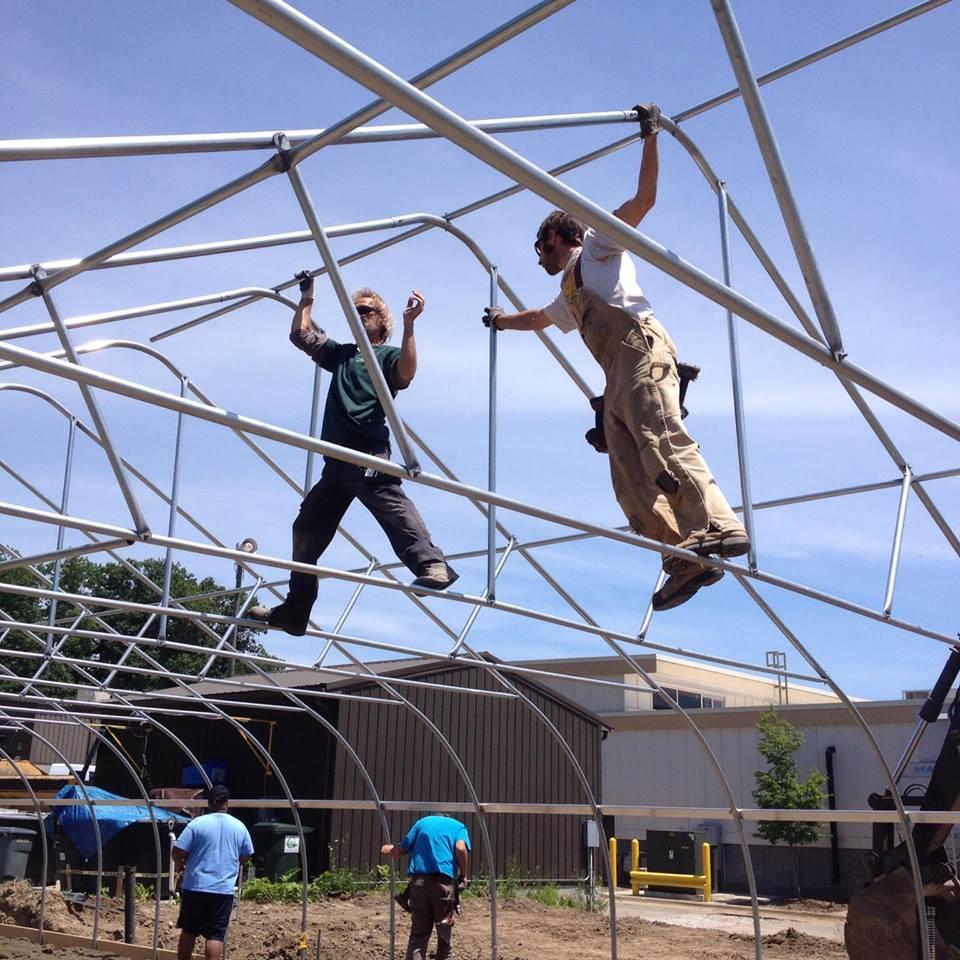
Constructing the hoop house
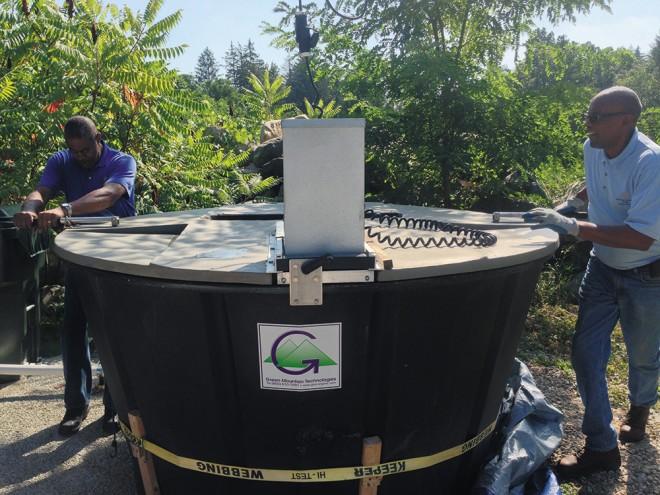
Stirring the Earth Tub
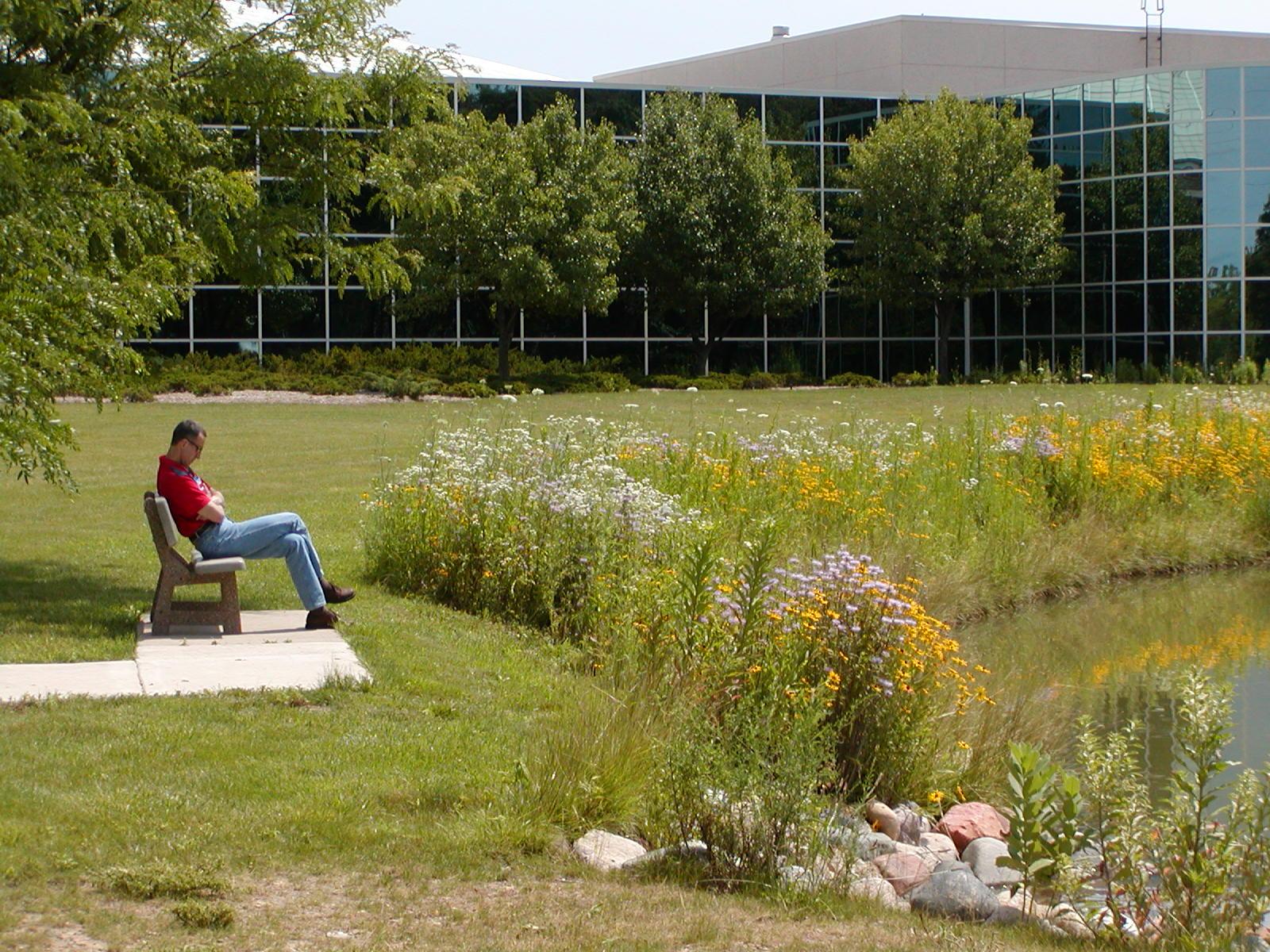
Relaxing by native plants and pond
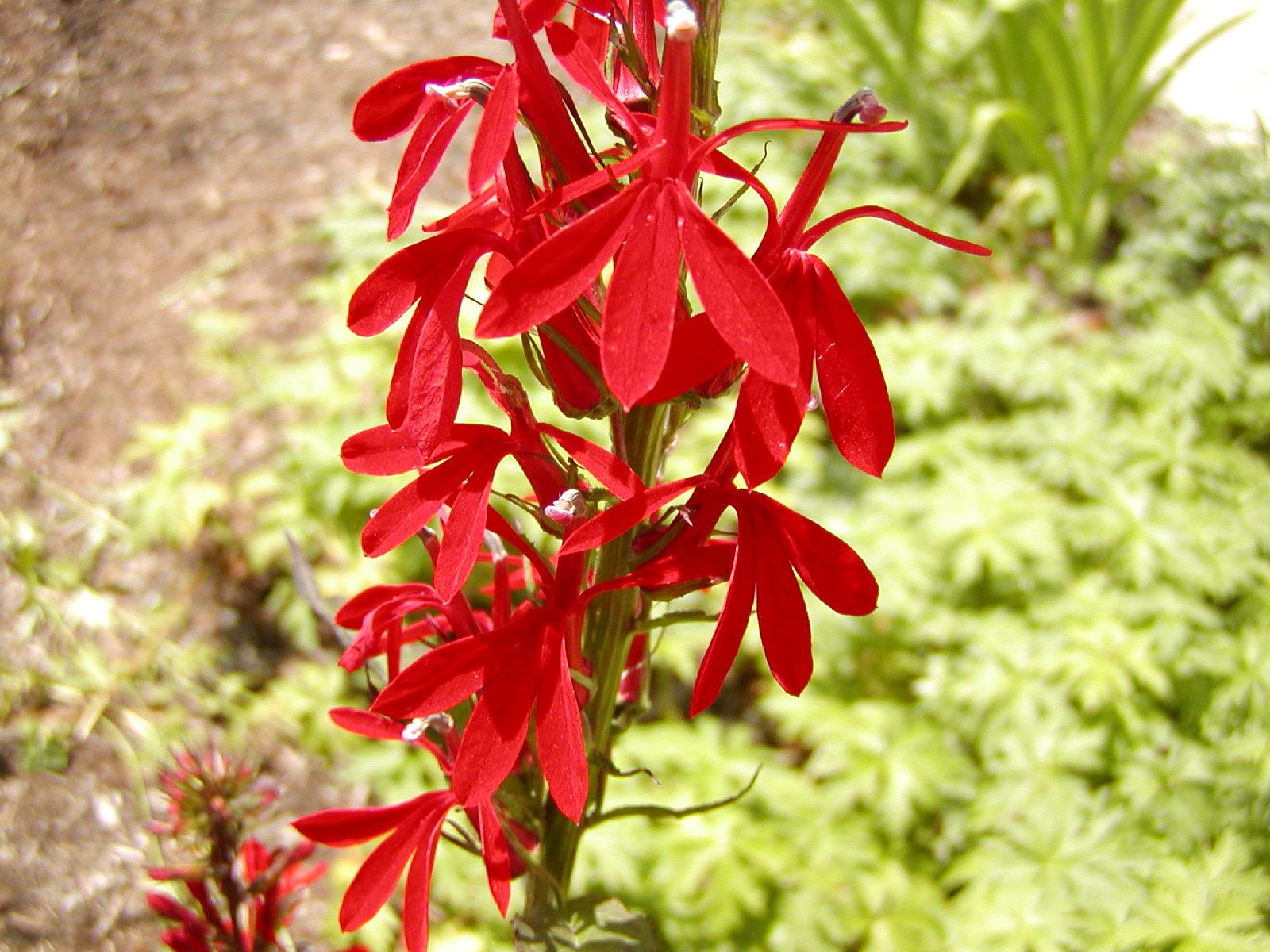
Cardinal Flower
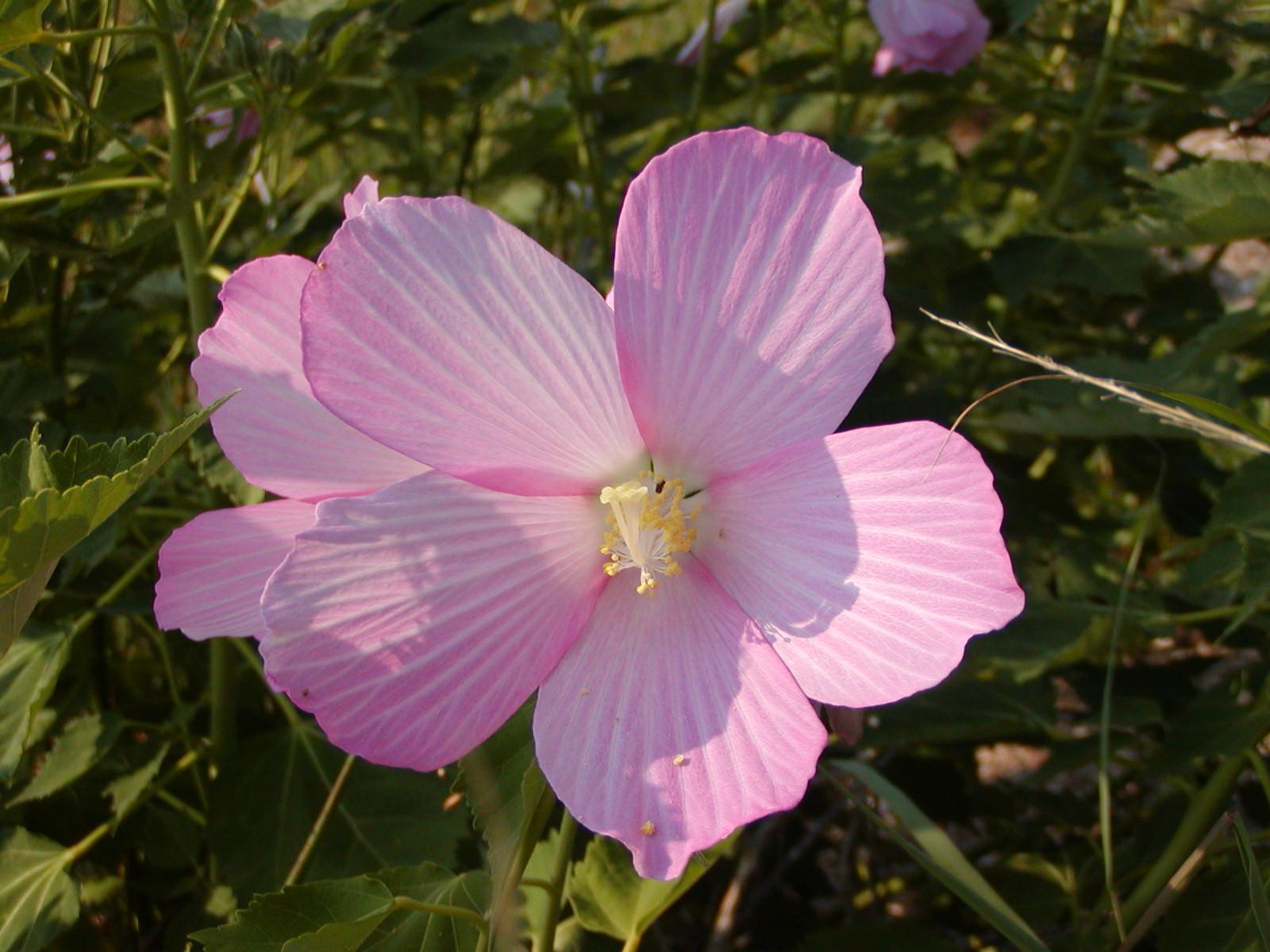
Swamp Rose Mallow or Wild Cotton (Hibiscus moscheutos)
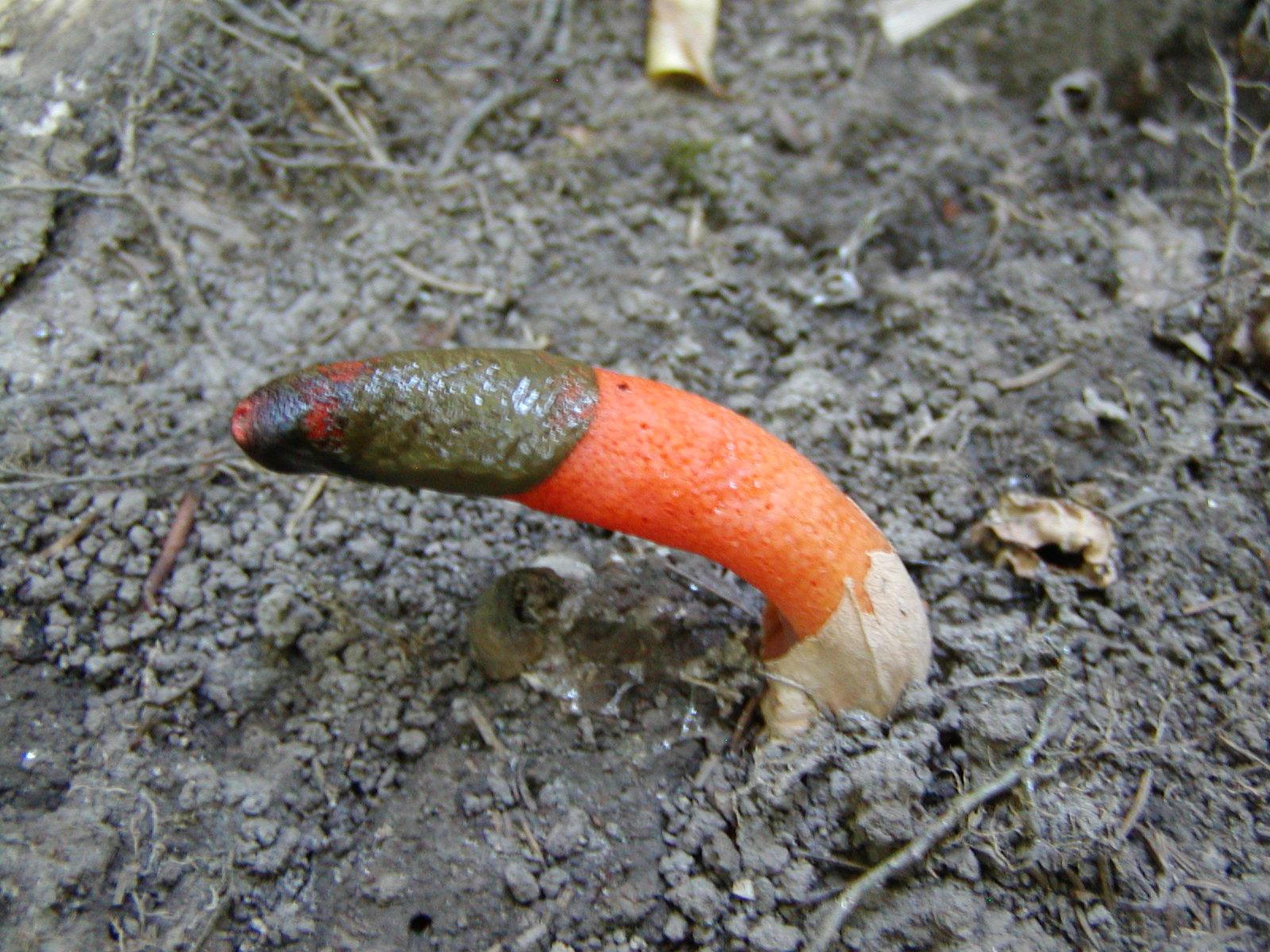
Elegant Stinkhorn, Devil's Dipstick, Devil's Horn, Stinkpot, Dog Penis Fungus (Mutinus elegans)
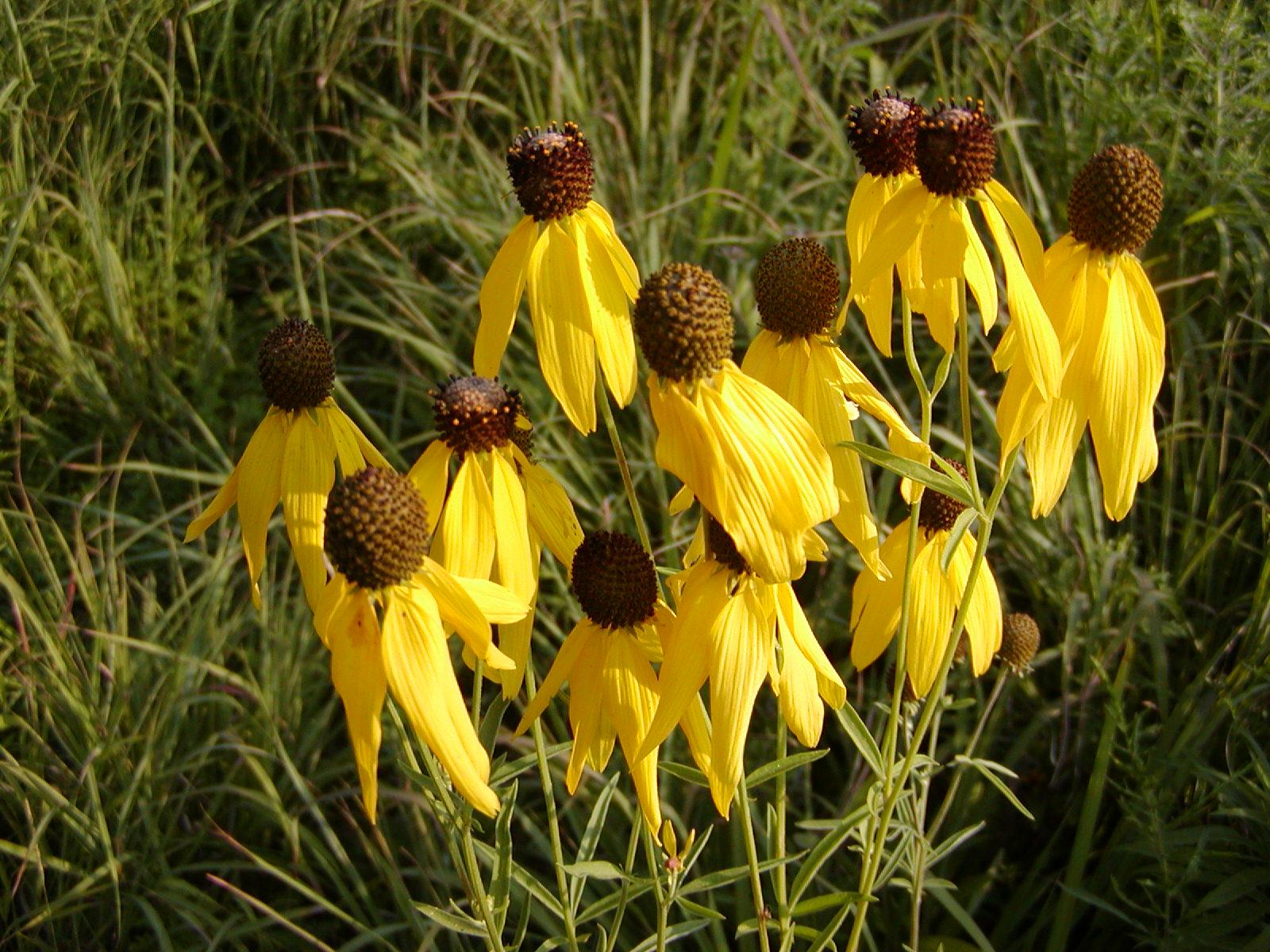
Coneflowers
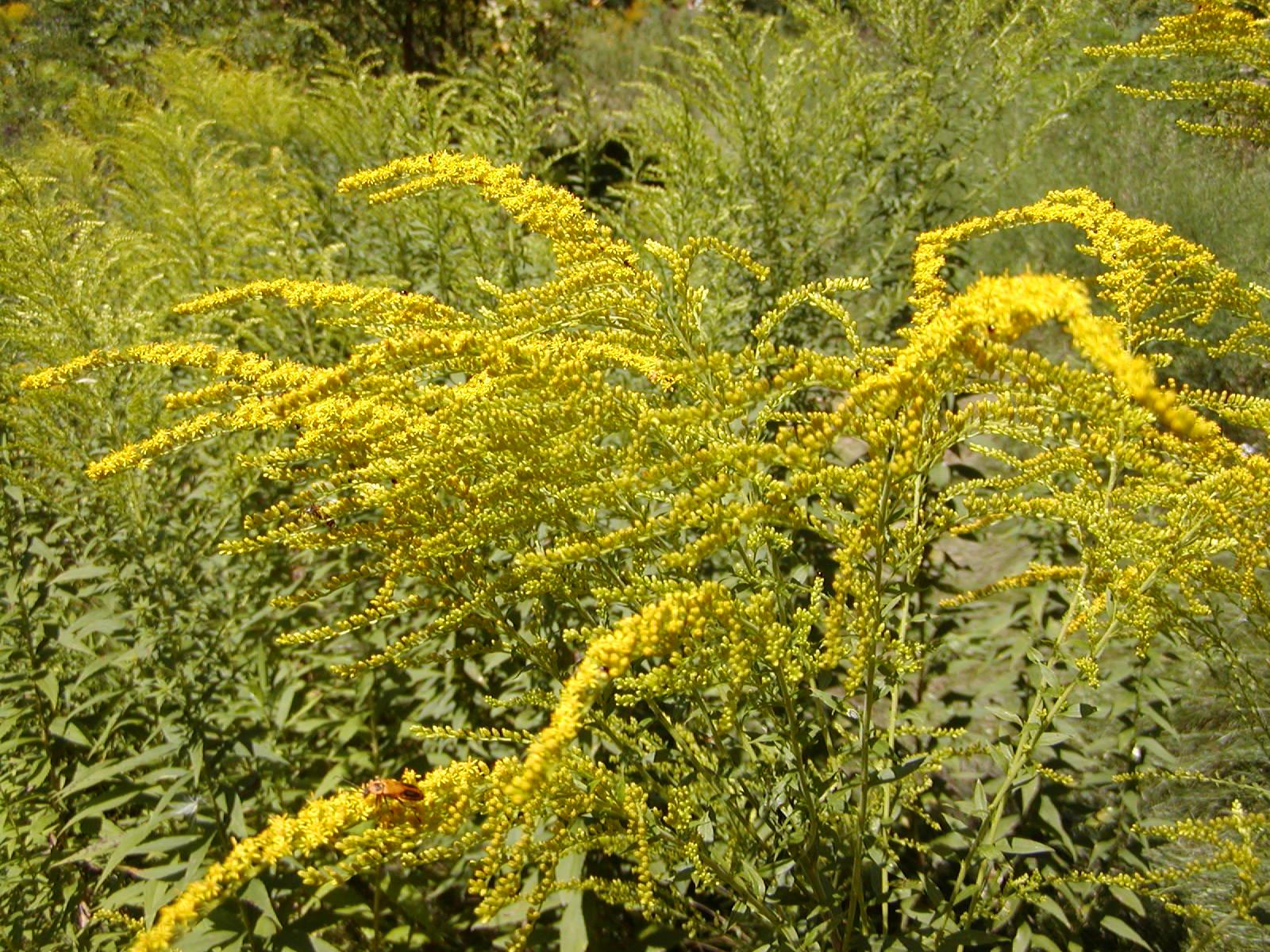
Goldenrod
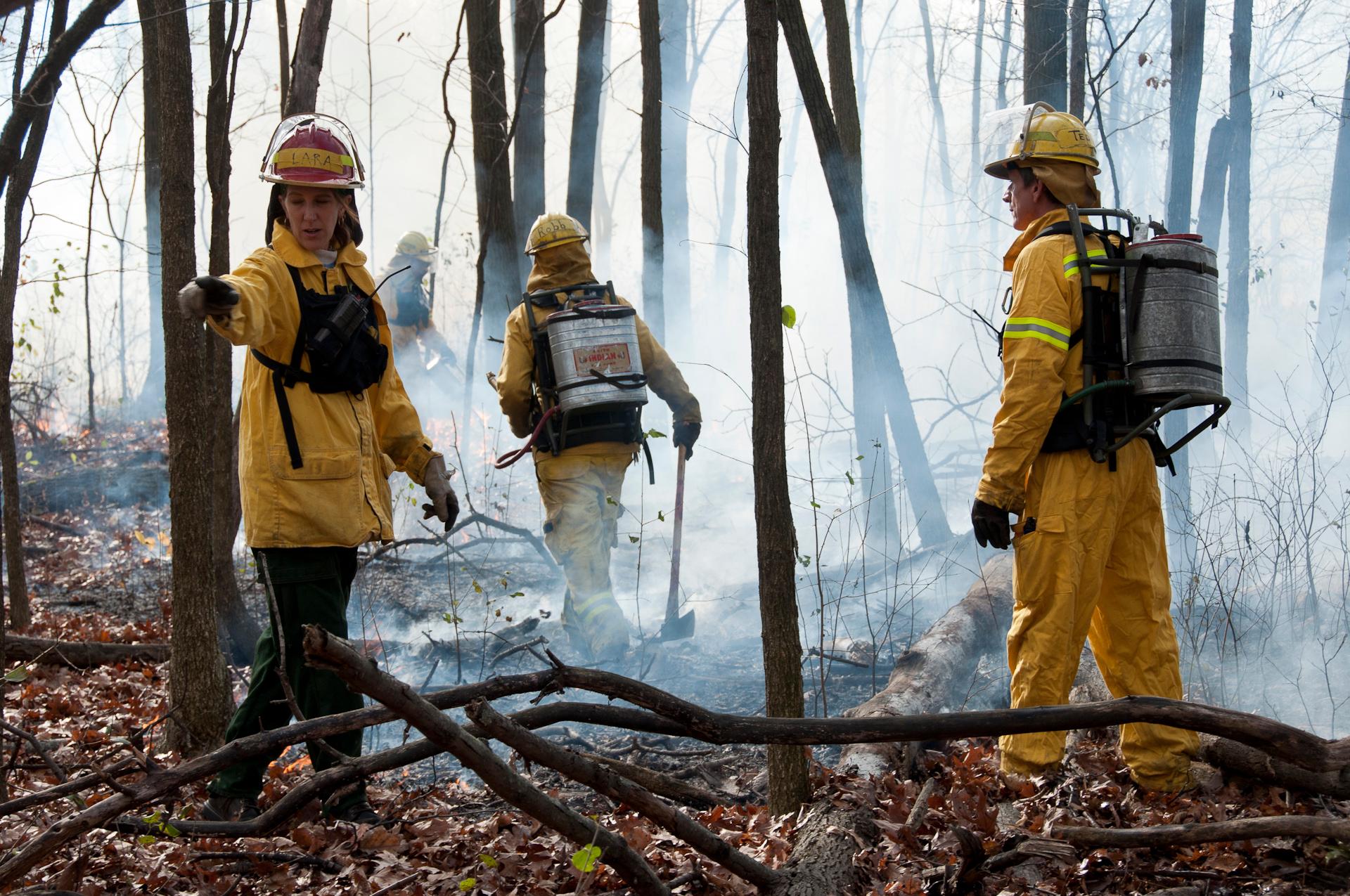
Prescribed burn in the woods
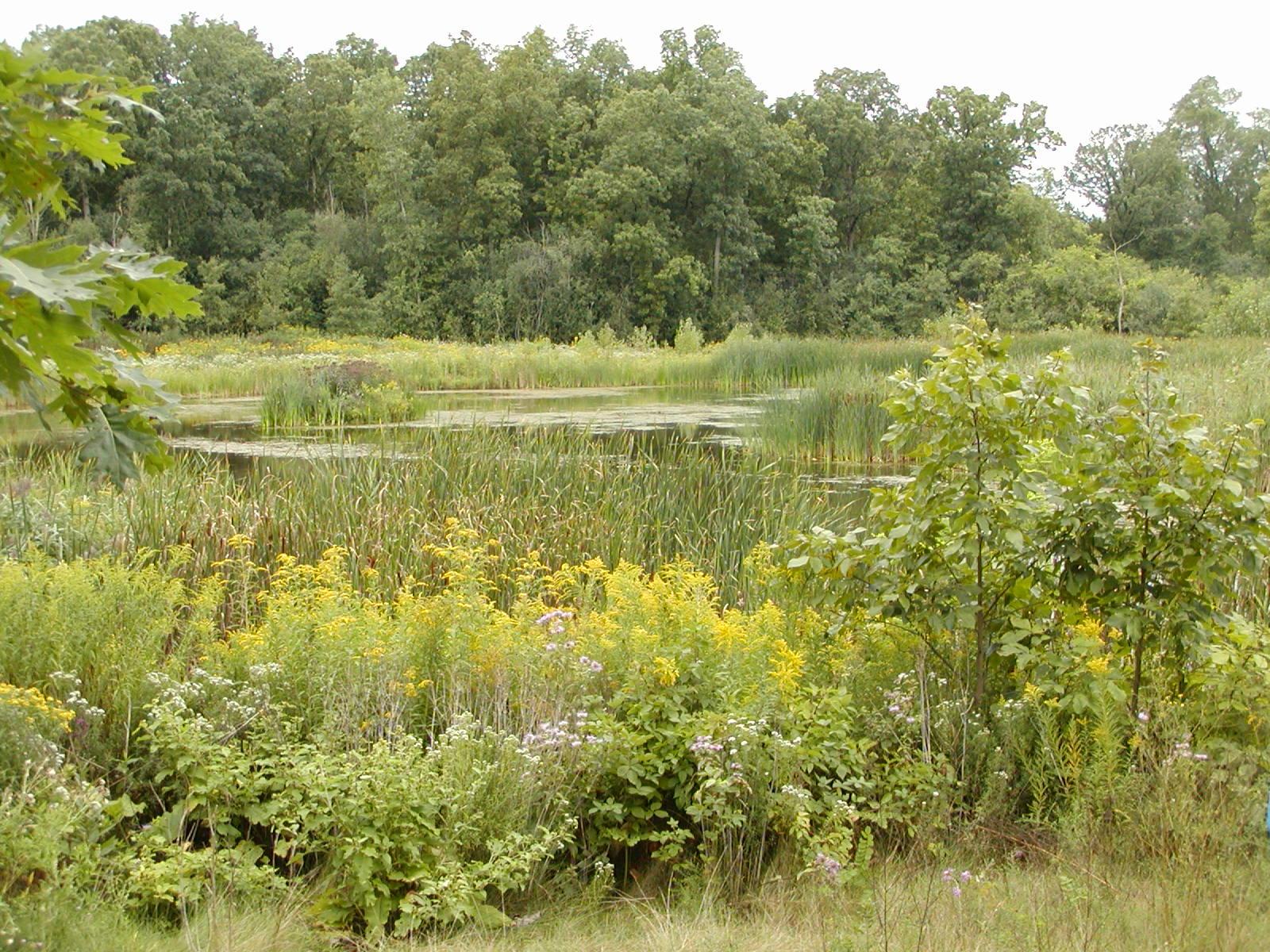
Native plants around retention pond
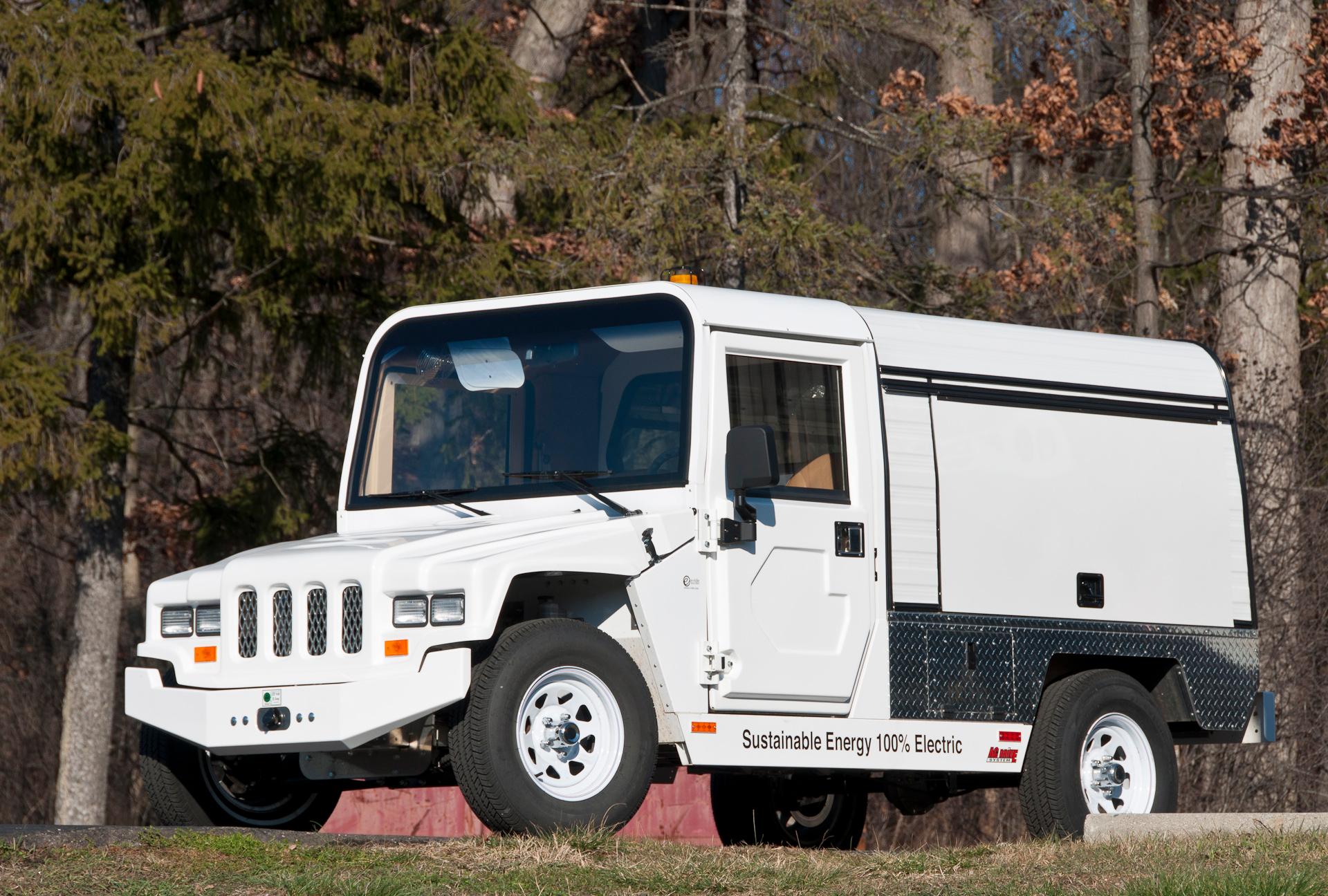
Electric campus delivery vehicle
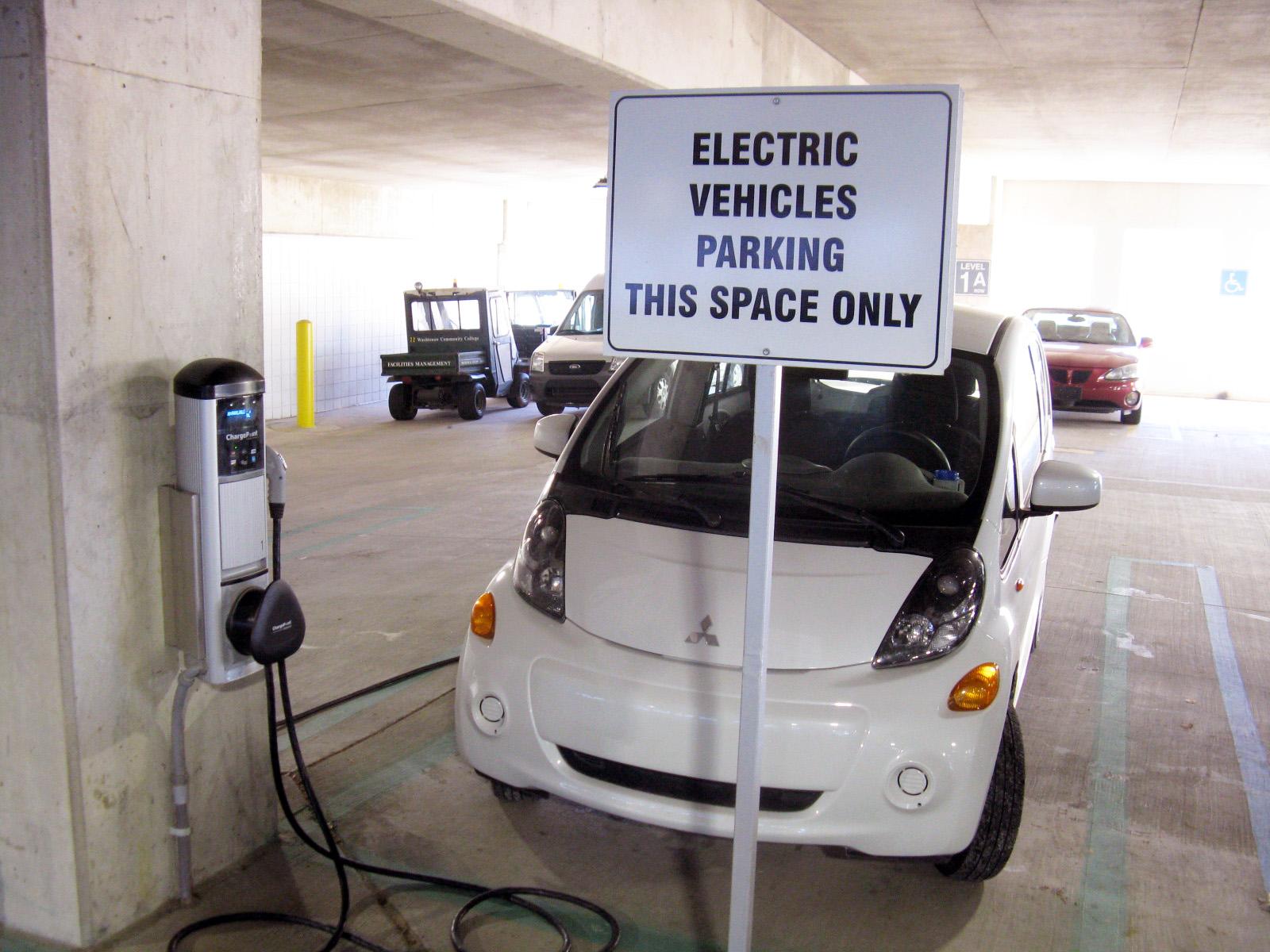
Electric car charging station
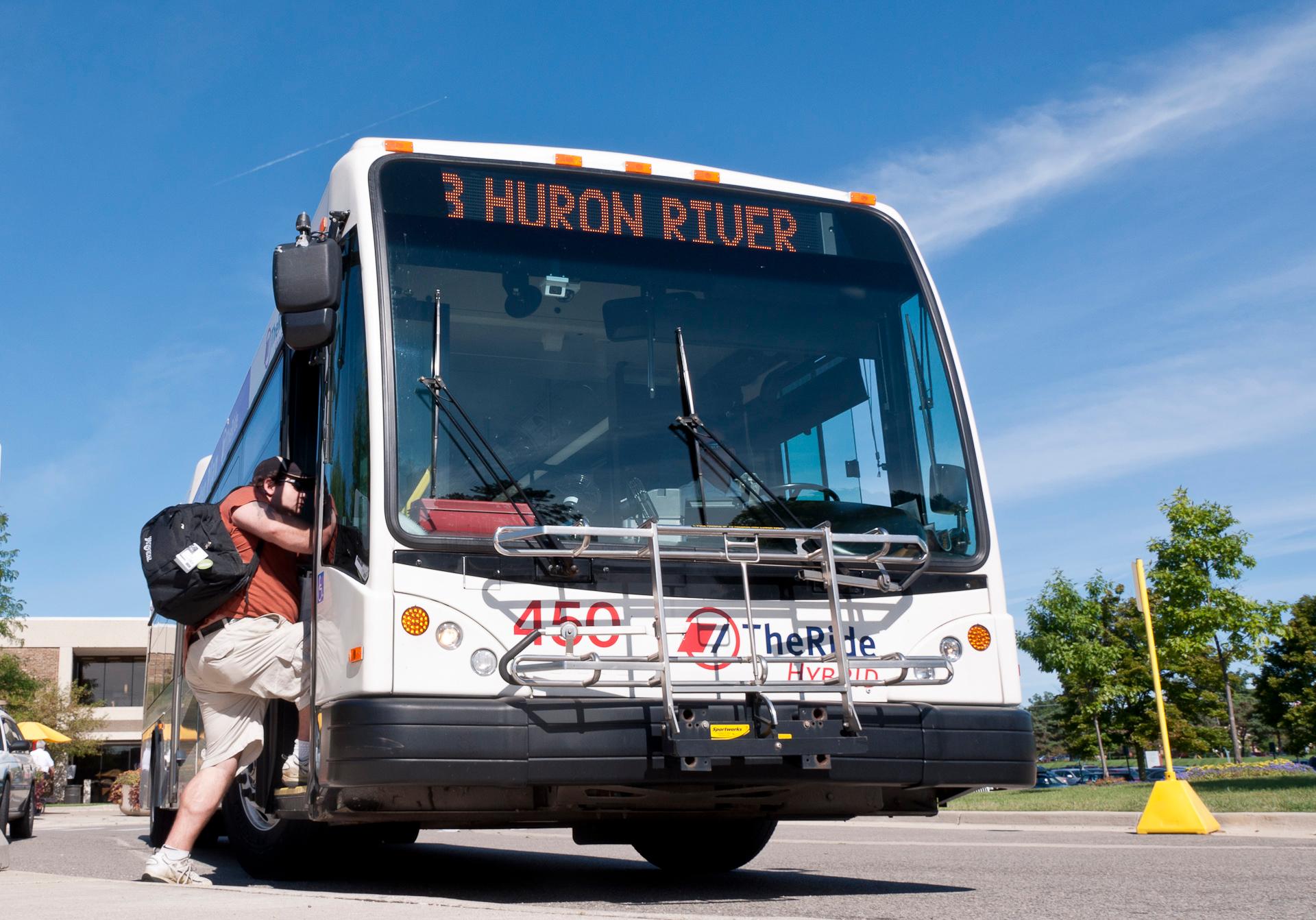
AATA hybrid bus (c) Robert Conradi 2011
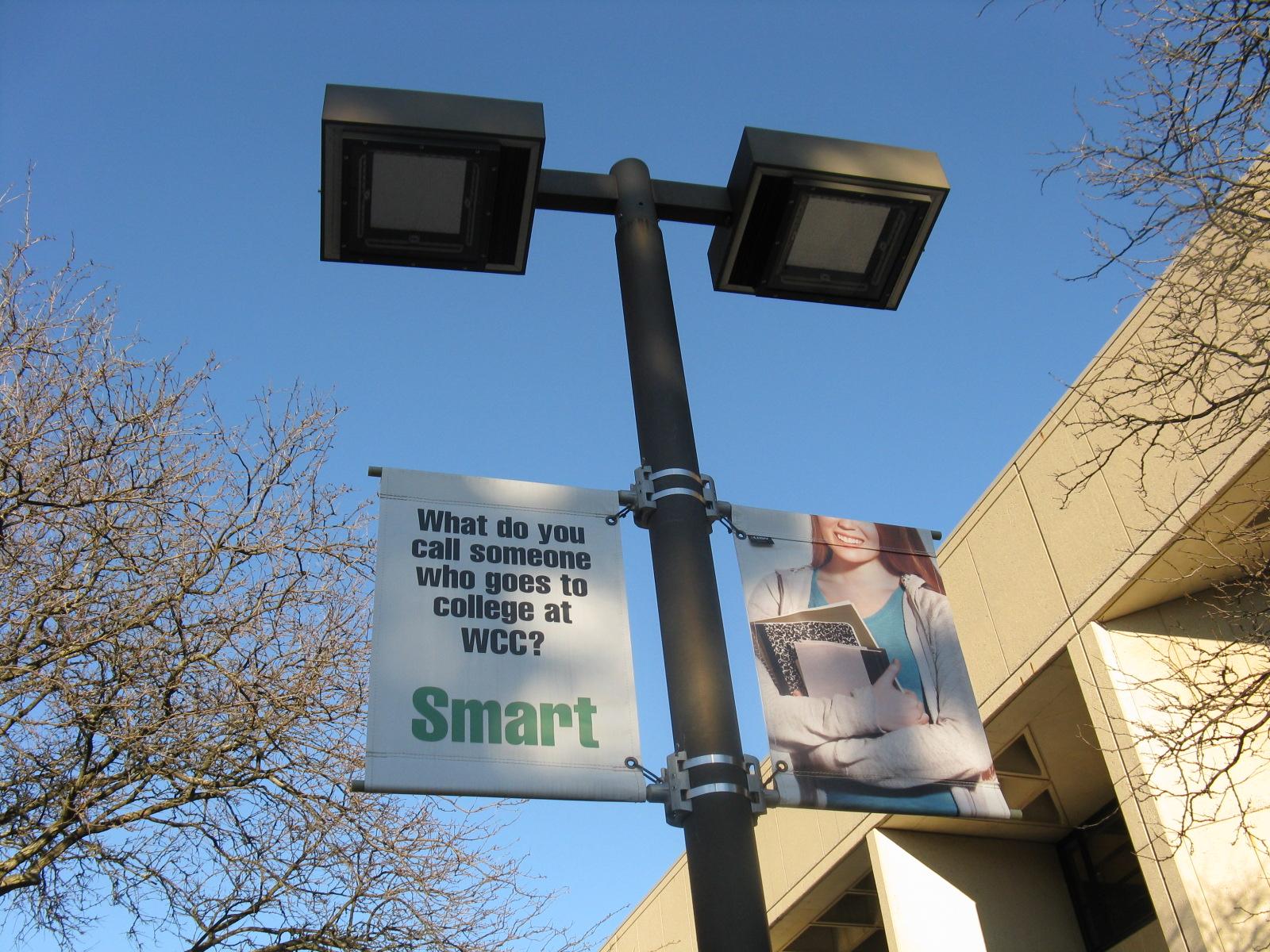
LED sidewalk lighting
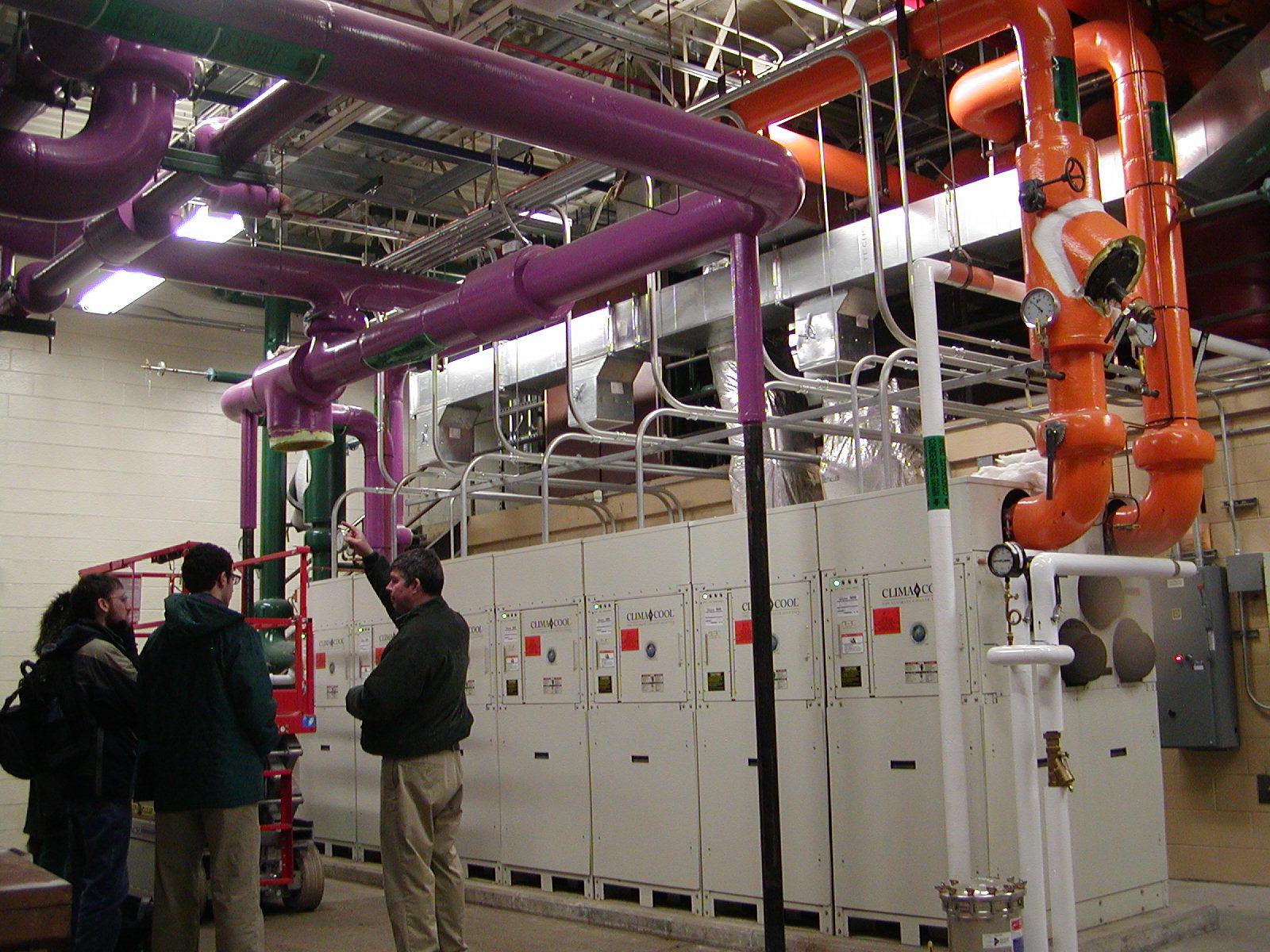
OE building geothermal equipment
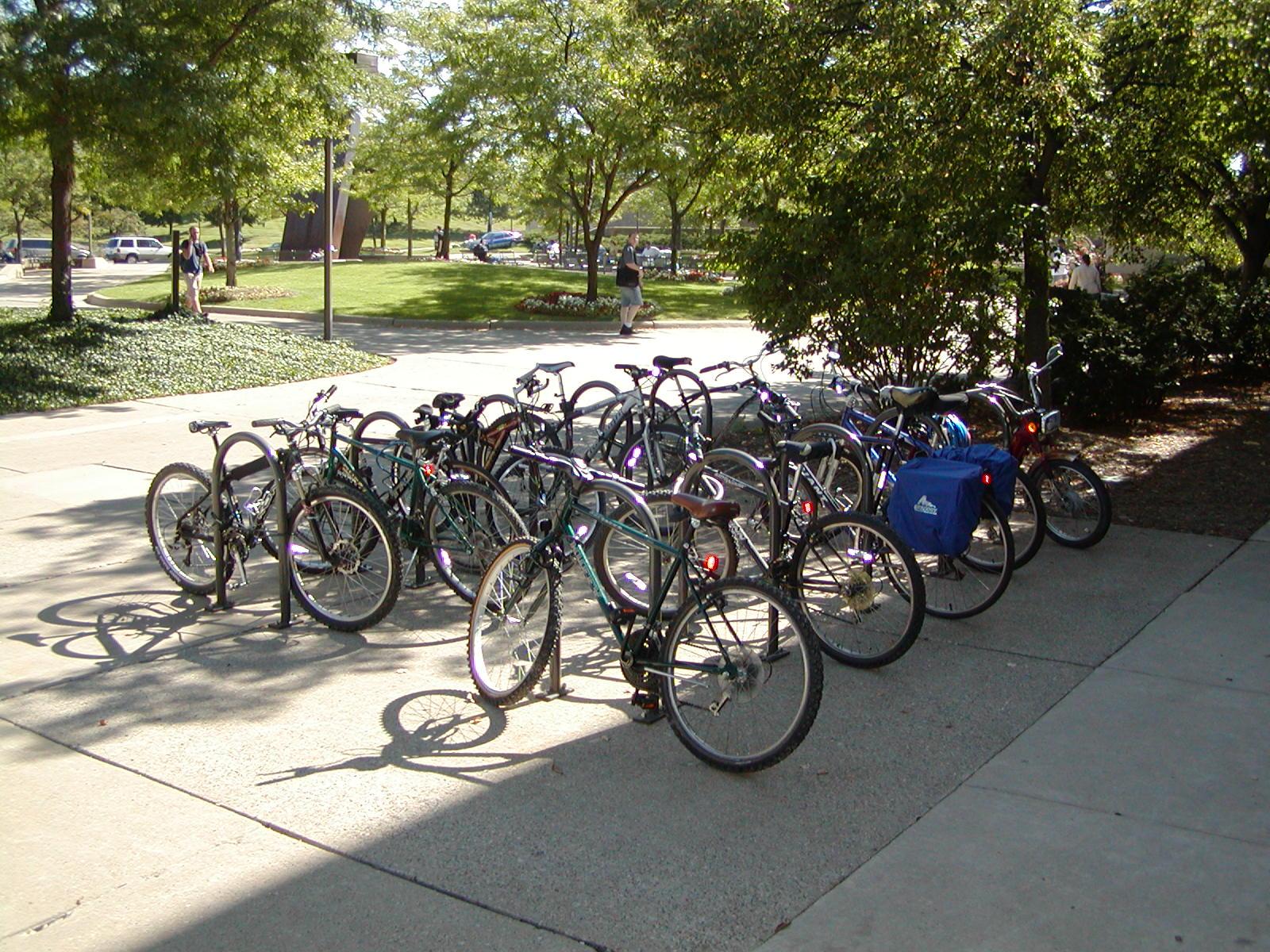
Bike rack at WCC
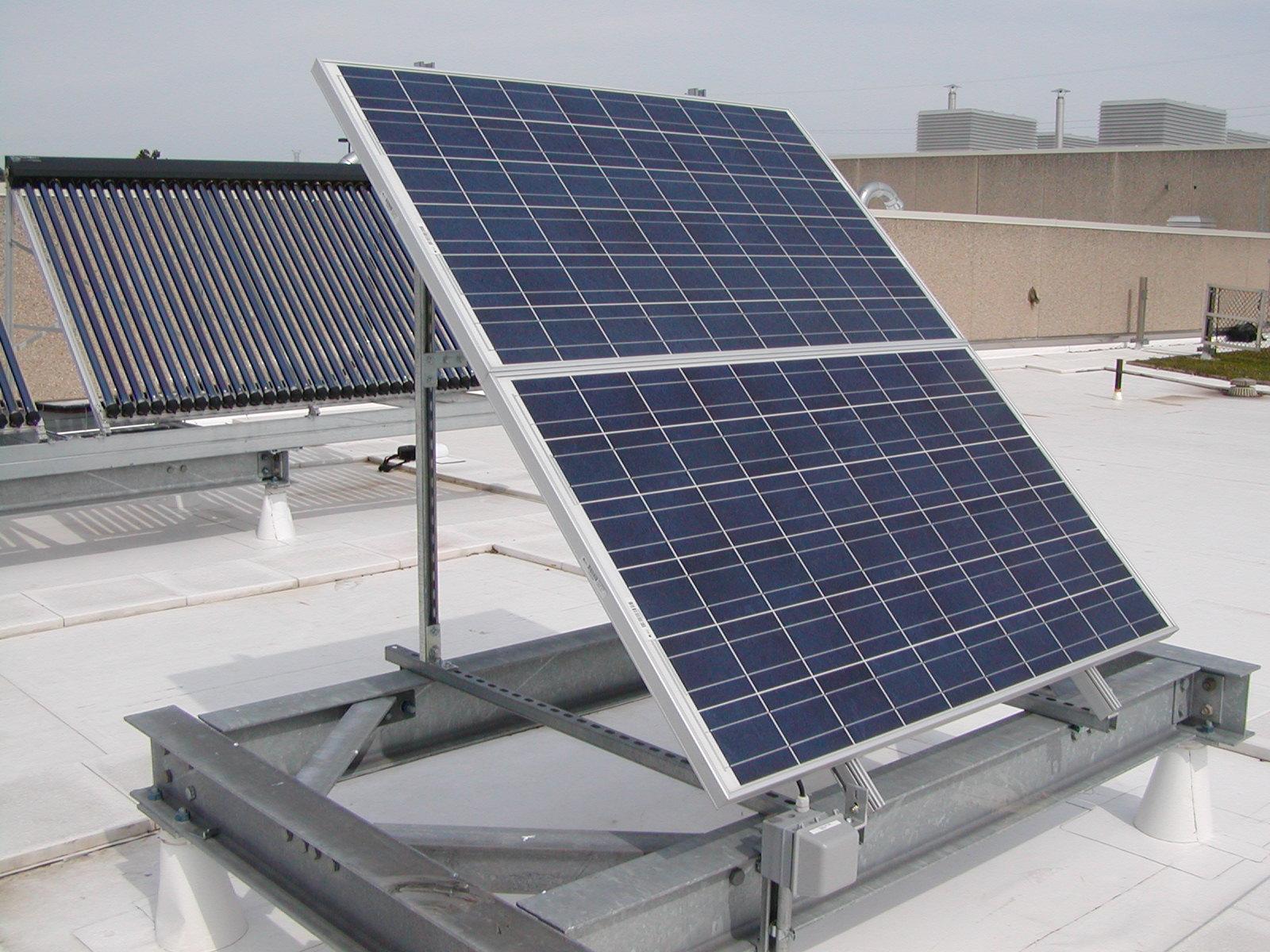
Solar photovoltaic and hot water panels for classroom use
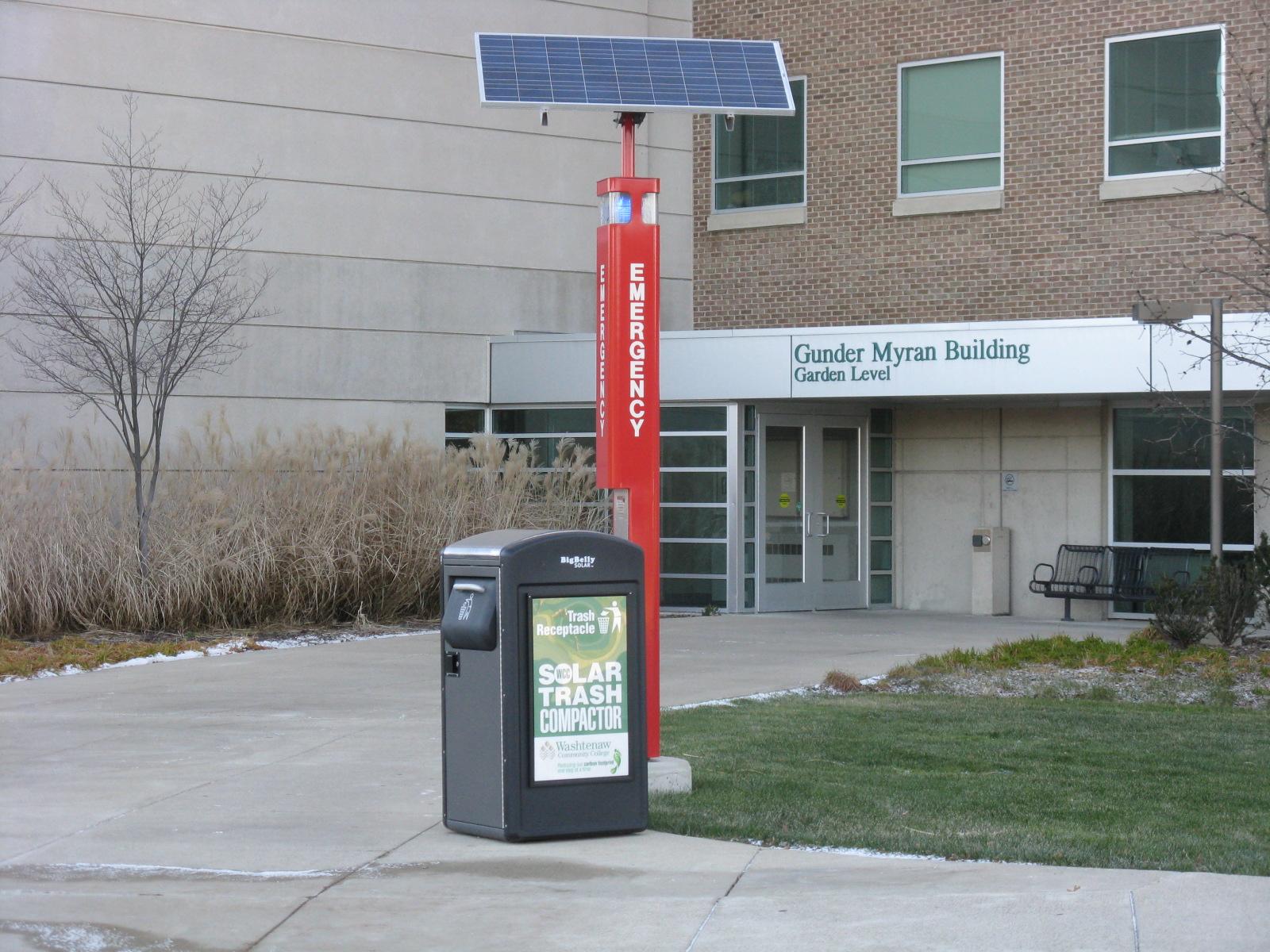
Solar powered emergency phone and trash compactor
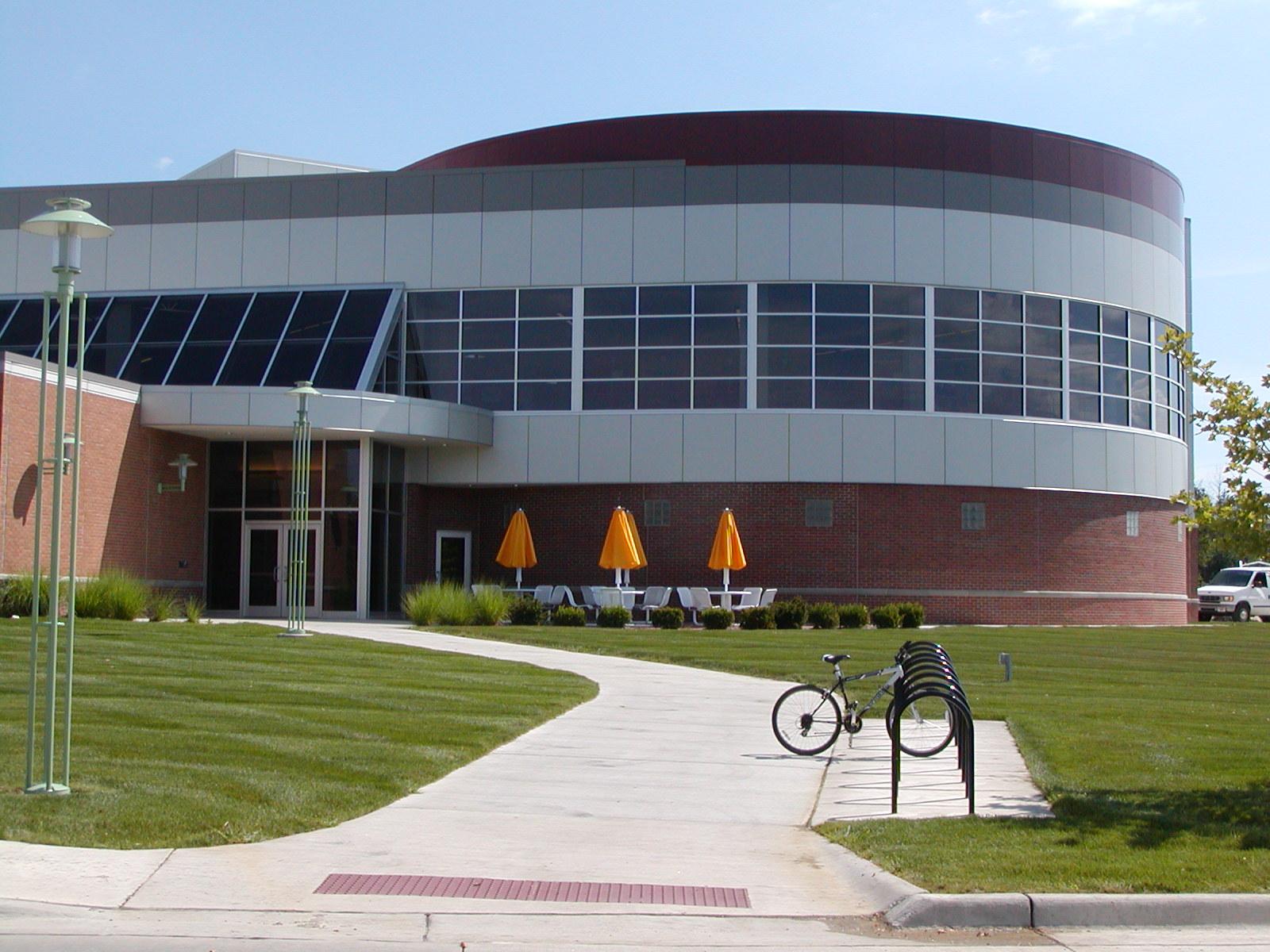
"LEED Gold" Health & Fitness Center
Initiatives
We’ve set a goal to become carbon neutral by 2060 through participation in the Second Nature Carbon Commitment (formerly the American College and University Presidents Climate Commitment). As a signatory to this commitment , we’ve declared our concern “about the unprecedented scale and speed of global warming and its potential for large-scale, adverse health, social, economic and ecological effects.” Learn more:
It takes a lot of energy to make WCC run! The college uses almost 20 million kWh of electricity each year, and almost 1 million ccf of natural gas. After commuting, electricity and natural gas consumption are the two biggest contributors to WCC’s carbon footprint. Some of the things we’ve done to reduce our energy consumption include:
- We’ve developed heating and cooling season temperature procedures that promote conservation.
- We minimize HVAC fan system and equipment run times.
- We exploit cost effective retrofit opportunities for efficient lighting, HVAC, motors, and VFDs. From our point of view, “off” is better than “on” and “slow” is better than “fast.”
- We’ve installed occupancy sensors in classrooms and office areas.
- We’ve eliminated incandescent lamps and installed T-8 fluorescent lamps and electronic ballasts, compact fluorescent lamps, and LED fixtures in parking lots.
- We’ve installed two “green screens” and a website, in the Occupational Education Building to promote and display energy conservation information.
- We’ve installed solar panels on the roof of the Occupational Education Building that generate enough energy to produce hot water for the entire 123,000 s.f. building.
- Board Policy requires that we purchase Energy Star rated products and equipment whenever reasonably practical.
On a global and local level, food choices affect greenhouse gas emissions through transportation, energy used to grow and process food, water quality, public health, and strengthening the local economy
How we eat matters. A plant based diet is the number four (4) climate change solutions according to the book Drawdown: the most comprehensive plan ever proposed to reverse global warming edited by Paul Hawken. Globally food production and the production of meat in particular, produces the same amount of greenhouse gases as power plants.
- Campus based food venues purchase locally grown products
- Increase food availability on campus
- Promote healthy eating by growing your own produce
Some of the things we’ve done to support sustainable food and agriculture on campus include:
- Bee Campus USA - To entice and nurture bees at WCC, the campus provides many bee friendly native flowers, a core garden, non-toxic fertilization and eradication techniques, as well as educational events about pollinators.
- Food Forest – Established by the Sustainability Literacy Task Force (SLTF), The Food Forest located on WCC’s campus provides food and habitat as a local solution to the climate crisis.
- Hoop House / Core Garden - The existence of this seed library has helped WTMC further its mission to explore sustainable practices in our hoop house and has allowed many in the community to start their own gardens. Providing all people in the academic and larger community the education and materials necessary to grow a portion of one's food is the essence of inclusion and social justice.
- Nature trail with native plants - The nearly two miles of campus trails are dotted with nine interpretive signs. The nature trail is used by biology, geology, environmental science, art and photography students and faculty, as well as the general public.
- Pesticides – The Integrated Pest Management Plan (IPM) outlines a four-tiered approach not to eliminate pests, but to find a balance in the landscape. The program avoids all pesticide use in sensitive areas and gardens, such as the Food Forest, WTMC Hoop House, green roofs, and other designated pesticide free zones.
- Seed Library – The Seed Library was established in 2015 within the Bailey Library where students, staff, and community members can get seeds for free to start their own garden, learn about seed sowing, protect open -pollinated and unique varieties and support the fight against climate change. This will be a place to educate the WCC community about gardening and saving their seeds for future crops.
- Tree Campus USA – WCC became one of four colleges in the state of Michigan to receive Tree Campus USA certification from the Arbor Day Foundation and the Michigan Department of Natural Resources.
Around 200 tons of solid waste are disposed of by the college each year. This waste contributes about 200 million tons of CO2 equivalent greenhouse gases to the atmosphere.
To further reduce our waste:
- We’ve implemented a comprehensive campus recycling program. We now recycle paper, cardboard, metal, plastic, and glass.
- We compost food and yard waste.
- The College now minimizes press runs of campus publications, consistent with actual need; and reduced or eliminated the distribution of phone books; switching to online directories.
- We’ve reduced the use of Third Class junk mail.
- We have a goal to recycle at least 80% of the campus waste stream. We’re currently at 48%.
- We participate in the annual RecycleMania event and have placed in the top ten in the Waste Minimization category in recent years.
For more information, look at the Recycling Services website.
With almost 10,000 full year equivalent students and more than 1,000 faculty and staff, there is a lot of commuting to WCC’s campus every week. For example, we estimate that students drive more than 23 million miles and consume almost 1 million gallons of gasoline in a year!
Some of the projects we’ve implemented to reduce our transportation footprint include:
- We subsidize bus transportation by students, staff and faculty by providing free travel away from campus to anyone with an ID.
- We provide free, needs based, bus passes to students.
- We’ve encouraged ridesharing through Commuter Connect.
- We’ve increased the number of bike racks on campus.
- We’ve provided designated preferred parking for users of low-emitting or fuel-efficient vehicles for LEED projects.
- We’ve installed 6 electric vehicle fueling stations in our parking structure.
With the Huron River as the northern border of our campus, WCC has a intimate connection to water. We’ve been working hard to both conserve water usage and to minimize the impact of our waste water, such as:
- We’ve switched to waterless and one-pint urinals.
- We’ve installed automatic faucets in lavatories.
- We’ve eliminated all water consuming air compressors and condensers on campus.
- We’ve replaced water consuming heating pumps in our Energy Center.
- We’ve specified pervious paving in the Fitness Center parking lot; the Athletic Fields parking lot; and the 56 space parking lot of the Parking Structure to be completed later this spring.
- We’ve constructed Bioswales at our Athletic Fields to remove silt and water pollutants from surface runoff water.
- We’ve constructed vegetated roofs on portions of the Occupational Education Building and the Parking Structure.
- We’ve installed a rainwater collector on the roof of the Occupational Education Building to irrigate the building’s partial vegetated roof.
- We use native plant landscaping in certain areas of the campus.
The campus comprises 19 buildings totaling 1,007,251 square feet. Buildings range in size from under 200-sf storage facilities to the 180,000-sf Crane Liberal Arts & Science Center. The oldest building is the Technical & Industrial building (1970); the 2 newest facilities are the Health & Fitness Center (2007) and a new parking structure (2012). The average age of the building stock is 23 years old. Buildings are centralized on the 285 acre site surrounded by surface parking lots, a ring road and natural landscaped areas.
All of this impacts our energy consumption, water consumption, overall environmental footprint and our bottom line. To reduce the impact of buildings on campus we have tried to use sustainable and green building design principles in our new construction and remodeling. These include:
- We’ve sited new buildings so that environmental and transportation impacts are minimized.
- We’ve designed for state-of-the-art energy efficiency and substantially exceed energy codes.
- We require the use of environmentally friendly building materials and products.
- We’ve included recycling collection space and systems in building design programs.
- We recycle construction and demolition debris.
- We’ve used the Leadership in Energy and Environmental Design (LEED) green building rating system to guide design and certify new and remodeled buildings. Board policy dictates that all new buildings and major remodeling will be designed at least to meet LEED Silver level and earn at least 40% of the available points for energy performance.
Sustainability means protecting the Indoor Environmental Quality (IEQ) as well as the outdoor environment. To maintain a high IEQ:
- We use low VOC paints.
- For new buildings and major remodeling we run the building’s ventilation system prior to occupancy to remove VOCs in the building.
- We monitor and lab test indoor air quality during renovations of occupied buildings.
- We specify low-emitting materials during renovations including adhesives and sealants for carpet, rubber floors, VCT, and ceramic tile.
- We have eliminated the use of composite wood and agri-fiber products (particle board, MDF, plywood, and wheat-board) that contain urea-formaldehyde resins.
- We specify furniture and seating that is Greenguard certified.
- We install walk-off mats at all building entrances to capture dirt, water, and other materials tracked inside by people and equipment.
The way we clean our buildings affects the staff who use the cleaning products, the students, staff and faculty that work in the buildings, and the outside environment. Some things we’ve done to make a greener cleaning program are:
- We’ve implemented a green cleaning program and purchase mostly Green Seal GS-37 certified cleaning products.
- We use recycled content paper products; and have begun to install (BEB only) hand air-dryers to eliminate the use of paper.
- We purchase sustainable cleaning equipment, which meets the requirements of the Carpet & Rug Institute’s (CRI) Green Label, when it’s practical to do so.
- We’ve established guidelines for safe handling and storage of cleaning chemicals.
- We’ve installed hand sanitizers in all building classrooms and labs.
